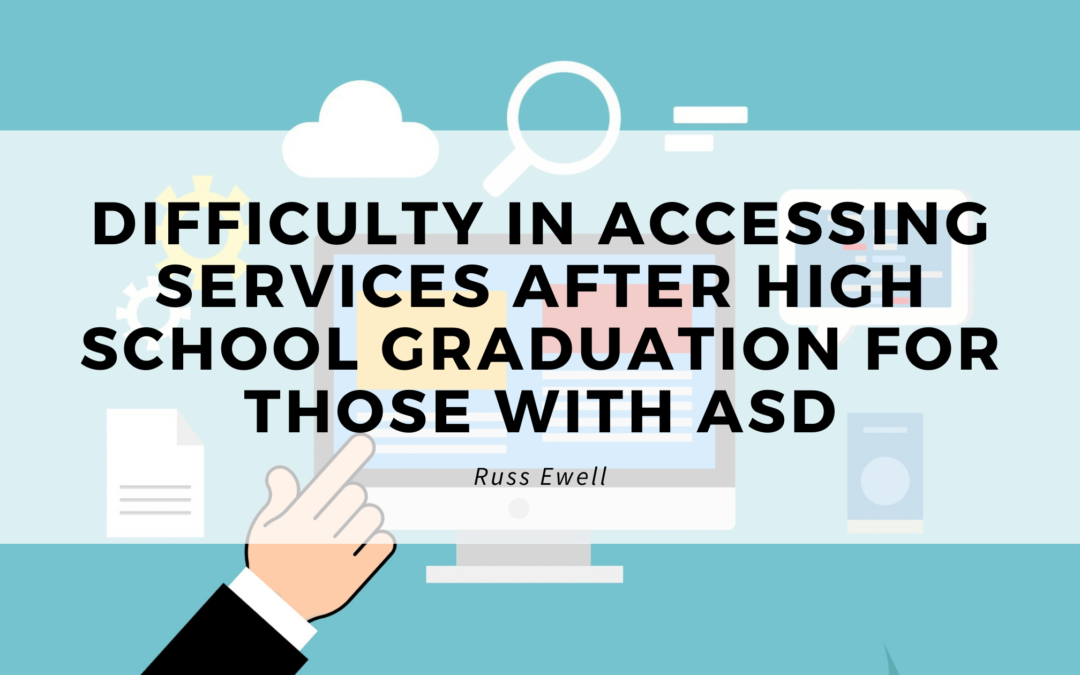While they’re in school, people on the autism spectrum usually receive at least some of the services that they need. However, there’s this sort of “cliff” of services after high school graduation. Once people on the spectrum graduate from high school, the number of services readily accessed tends to decrease from an average of six to almost no access at all.
A few, such as job training, are readily available. However, those on the spectrum and their caregivers often have difficulty accessing them. The biggest issue seems to lie in being able to access needed medical services, occupational services, mental health services, and case management. Without them, people have a lot of difficulty entering into and lasting in the workforce as well as being able to live independently.
Research from the Social Work Department at the Mandel School has found that for those who do have access to services, the biggest help is the Medicaid waiver. The waiver allows access to needed services so that they can safely remain at home. The study found that those on the Medicaid waiver were receiving an average of two or three services compared to those who didn’t have it.
Those who don’t have something like the Medicaid waiver are often almost completely on their own. They and their caregivers are often convinced that they’re the only ones in their type of situation.
Obtaining the Medicaid waiver is not an easy task, either. It’s underprepared and underfunded. As of 2016, there were 400,000 on the waitlist and the average waiting time was four or five years. Another 500,000 on the spectrum are expected to reach adulthood within the next decade.
The Medicaid waiver is not a straightforward thing, unfortunately. It involves a re-evaluation, which could mean a gap in or a complete loss of services. Studies have found that one person in four doesn’t get the coverage at all and fewer than half regain it within five years of losing it.
The Mandel study found that over 80 percent of adults on the spectrum were still living with a caregiver and 41 percent are still in high school. To further complicate things, Mandel has also found that over 90 percent have at least one additional diagnosis. Almost 80 percent are also intellectually challenged or also have other medical conditions. Only almost half are in the workforce, just over 30 percent are simply unemployed and just over 20 percent are in college or vocational rehabilitation.
A few states have started to address the issue. For example, Pennsylvania targets the waivers for adults on the spectrum and it has shown to be very effective.
